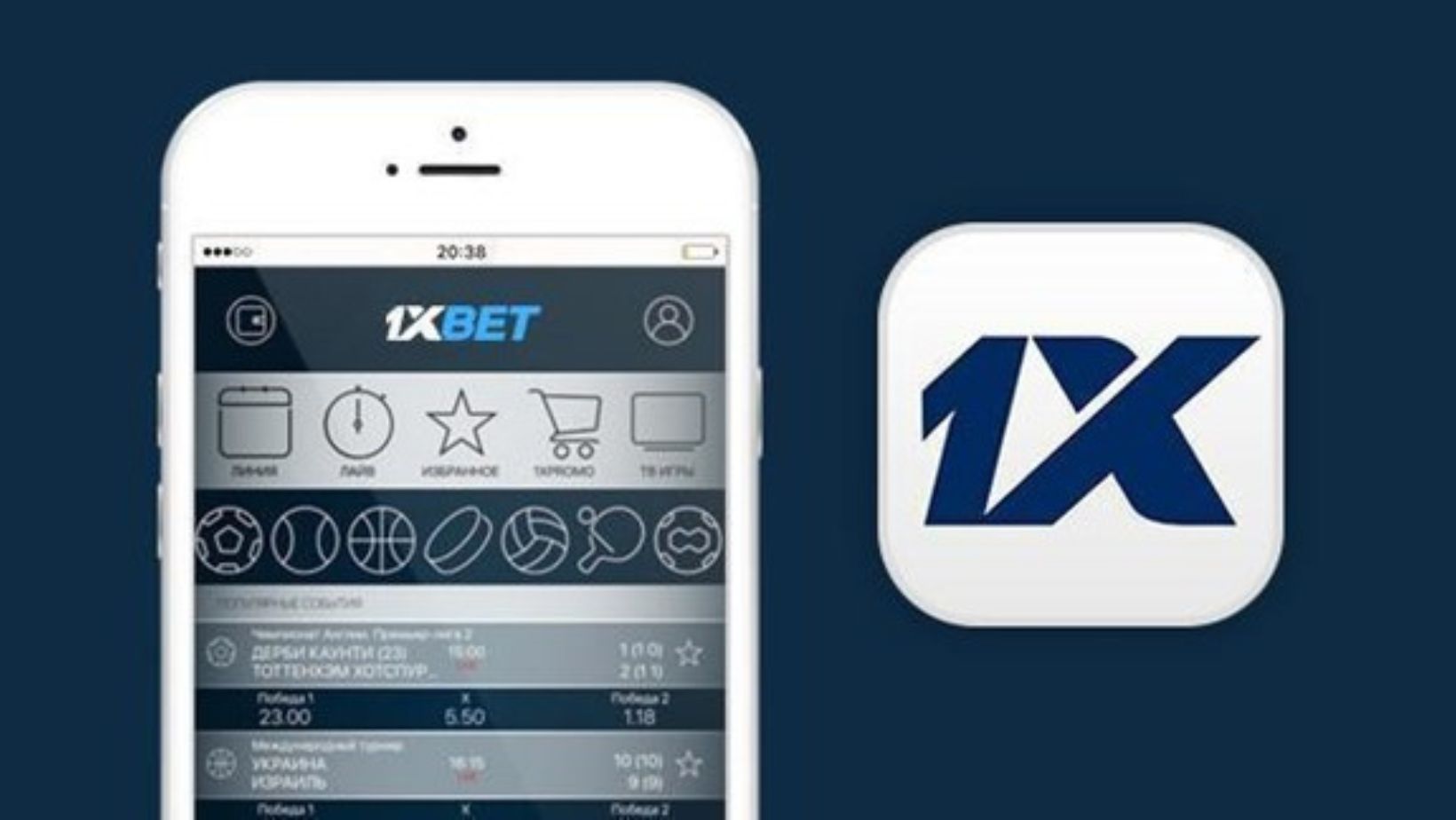In today’s visual-driven digital landscape, the png format stands as one of the most essential image types for creators and developers alike. From web designers crafting pixel-perfect interfaces to digital artists creating detailed illustrations, PNG files offer a unique combination of quality preservation and versatility that makes them indispensable in modern creative workflows. This format has established itself as a fundamental building block for online graphics, brand assets, and high-fidelity visual content.
Origins and Core Principles of PNG Technology
Portable Network Graphics, commonly known as PNG, was developed as an advanced solution to overcome the shortcomings of earlier image formats, particularly for digital and web-based applications. The format was engineered with lossless compression at its core, meaning that image data remains completely intact through multiple save cycles and editing sessions. This preservation of original quality makes PNG an excellent choice for graphics where maintaining every detail is crucial.
As Aida González Vázquez, a contributor to The Artistry on Creative Fabrica, notes, “PNG stands for Portable Network Graphics. This format supports raster graphics without losing quality. It’s common to use PNG files for logo and web design. PNG files provide a transparent or semi-transparent background.” This expert insight highlights the core strengths that have made PNG indispensable in digital design workflows.
The standout feature that sets PNG apart is its sophisticated transparency capabilities. Unlike simple binary transparency systems, PNG supports alpha channel transparency, enabling smooth gradations from fully opaque to completely transparent pixels. This advanced transparency handling allows graphics to blend seamlessly with various backgrounds, making it the preferred format for logos, interface elements, and any visual content that needs to integrate cleanly into diverse design contexts.
Key Strengths of the PNG Format
PNG files excel in color reproduction, supporting both 24-bit true color (providing access to millions of colors) and 32-bit color depth (which includes the alpha transparency channel). This extensive color support ensures that images maintain their original vibrancy and subtle color transitions, making PNG ideal for detailed artwork, user interface screenshots, and graphics where color precision is non-negotiable.
While maintaining its lossless nature, PNG employs intelligent compression algorithms that significantly reduce file sizes compared to uncompressed formats. This compression strikes an optimal balance between file size efficiency and image quality preservation, making PNG files well-suited for web applications where both visual fidelity and loading performance matter.
The technical characteristics of PNG make it the optimal choice for several image types:
- Brand Elements and Icons: Clean edges, solid color areas, and transparent backgrounds are perfectly handled
- Text-Heavy Graphics: Lossless compression ensures text remains sharp and readable at any zoom level
- Interface Captures: Screenshots of software and web interfaces benefit from PNG’s detail preservation
- Digital Artwork: Complex illustrations maintain their artistic integrity through PNG’s quality retention
Recognizing PNG Limitations and Alternative Solutions
The most significant drawback of PNG files is their tendency toward larger file sizes, particularly when dealing with photographic content or images with complex color variations. Since PNG preserves all image data without compression artifacts, detailed images can result in substantial file sizes that may impact website performance and user experience.
PNG files face challenges in professional printing environments due to their RGB color foundation. The printing industry primarily uses CMYK color models that correspond to physical ink colors. Converting RGB PNG files to CMYK for print can result in color shifts and unexpected output, as the RGB color spectrum often exceeds what CMYK printing can reproduce accurately.
For photographic content where some quality trade-off is acceptable for smaller file sizes, JPEG compression often provides better practical results. Additionally, for scalable graphics like logos and icons, SVG (Scalable Vector Graphics) offers infinite scalability and often smaller file sizes since it uses mathematical descriptions rather than pixel data.
Maximizing PNG Effectiveness: Professional Tips
Even with lossless compression, PNG files can often be further optimized without quality loss. Specialized tools can remove unnecessary metadata and apply more efficient compression techniques, which is particularly important for web performance optimization.
PNG comes in different configurations:
- PNG-8: Limited to 256 colors with basic transparency, ideal for simple graphics and icons where file size is critical
- PNG-24/32: Full color support with advanced alpha transparency, perfect for complex graphics and detailed images requiring smooth transparency effects
The intended use case should always guide PNG implementation decisions. Web applications require optimization for loading speed, while design projects may prioritize maximum quality retention. Understanding the final application helps determine the best approach for transparency handling, color depth selection, and file optimization.
PNG format continues to be a cornerstone of digital design, offering an unmatched combination of quality preservation, transparency support, and reasonable compression for many graphic applications. While it has specific limitations in photographic applications and print workflows, its advantages in web graphics, branding materials, and detailed digital artwork make it an essential tool for modern creators. By understanding its capabilities and applying optimization best practices, designers can leverage PNG’s full potential to create exceptional visual experiences across digital platforms.



